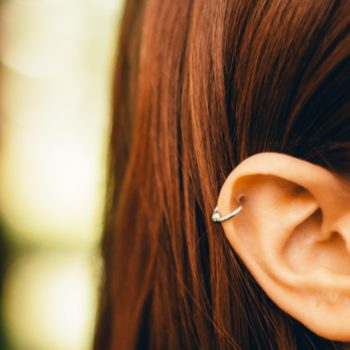The face is one of the points where folliculitis may occur most frequently. In this particular case we are talking about beard folliculitis, since it is the area in which the beard hairs grow. What can we do to prevent this dermatological disorder and how can we intervene in the event of a dermatological disorder? We talk about it with Dr. Riccardo Borroni, Humanitas dermatologist.
Folliculitis arises when hair follicles, the small holes from which hairs grows, become inflamed by an infection, in particular by Staphylococcus aureus bacteria, from rubbing the face with tissues or even by irritation after shaving. The most common symptoms of beard folliculitis are reddening, itching, and the formation of small pimples or pustules, even on the skin of the neck under the chin.
Shaving is therefore a critical moment because it can damage the follicles. Therefore, it may be useful to prepare the skin for shaving by wetting it with hot water, use a cream to soften it by applying a refreshing layer after shaving to prevent irritation. Using electric shavers and avoiding the use of sharp razors may contain the risk of folliculitis. It may be useful to keep the shaving foam on the skin for a few minutes before shaving, if you use a razor – adds Dr. Borroni. Moreover, those suffering from beard folliculitis should use disposable blades.
Remedies and recurrence
If folliculitis has already arisen, how can you take care of the skin? Antibiotic creams such as clindamycin, mupirocin or fusidic acid may be used and applied once or twice a day “, the specialist replied.
“The usual use of detergents with an antiseptic action (e.g. containing chlorhexidine) may help to prevent recurrent infections. In some situations – concludes Dr. Borroni – other skin diseases (beard pseudofilliculitis) can mimic a folliculitis and therefore, it is advisable to contact a dermatologist if episodes of discomfort after shaving are frequent and difficult to solve”.







